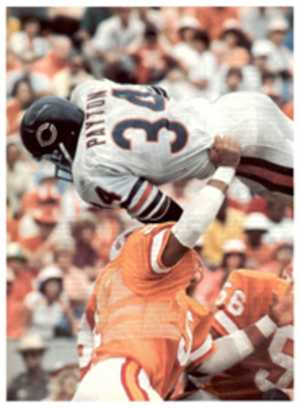
When it rains...
Late one May evening in the western Adirondacks, Dr. Ernest W. Marshall, a geologist, suggested that we drive up to Big Moose to see Bill Marleau, a New York State forest ranger. I had been interviewing scientists about acid precipitation, but Marshall said, "You have to talk to Marleau. He's spent his life here, he has insights no one else has, and he speaks from the heart."
Marleau sat in an armchair in his small frame house and recounted the losses he attributed to acid precipitation. His old fishing hole, Woods Lake, no longer had fish. The lake was acid. "Almost everything is down," he said. "Acid rain affects the birds that feed on fish, the furbearing animals that feed on fish. The way I look at it, everything in nature is dependent on food, and when you reduce the food supply of those birds and animals, it affects other birds and animals that aren't directly dependent on aquatic insects and fish." Marleau listed the animals, birds and insects that were low in numbers or had disappeared, and his litany was a long one. It included snowshoe rabbits, foxes, deer, porcupines, frogs, salamanders, crayfish, kingfishers, ospreys, gulls, loons, grackles, otters, blackbirds, blue jays, hermit thrushes, song sparrows, white-throated sparrows, swallows, mayflies, darning needles and mosquitoes. In late August, when the swallows gather near the old railroad station in McKeever, Marleau used to see a thousand on the phone wires. The last time he counted there were 18.
After we left, Marshall said, "There are a lot of fishermen and hunters and people like Marleau in the Adirondacks who live close to the land, and they have one inheritance to pass on to their children—the natural legacy. That legacy has been destroyed, and it's being destroyed in the Great Smokies, New England, Canada and places we don't even know about yet."

